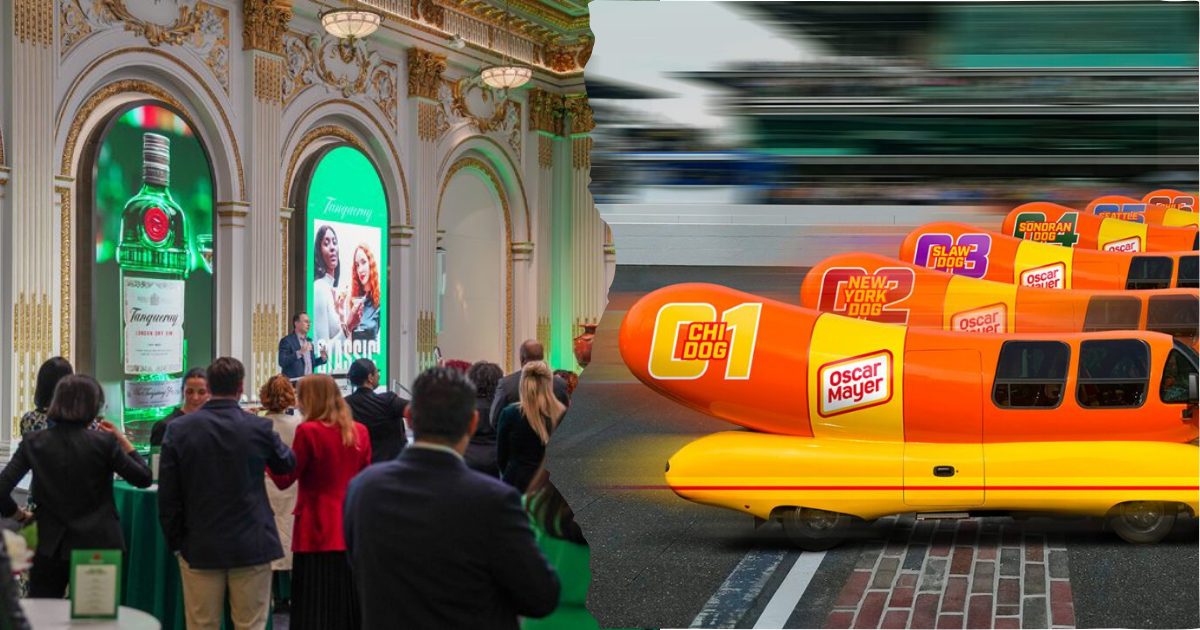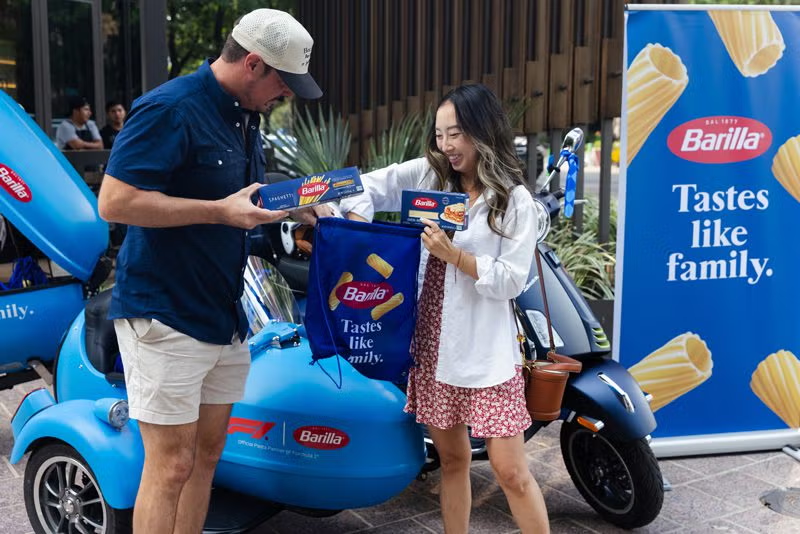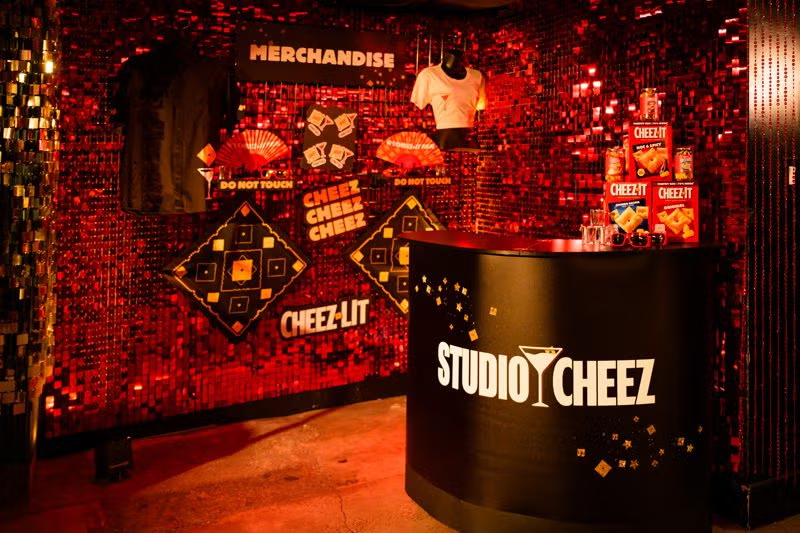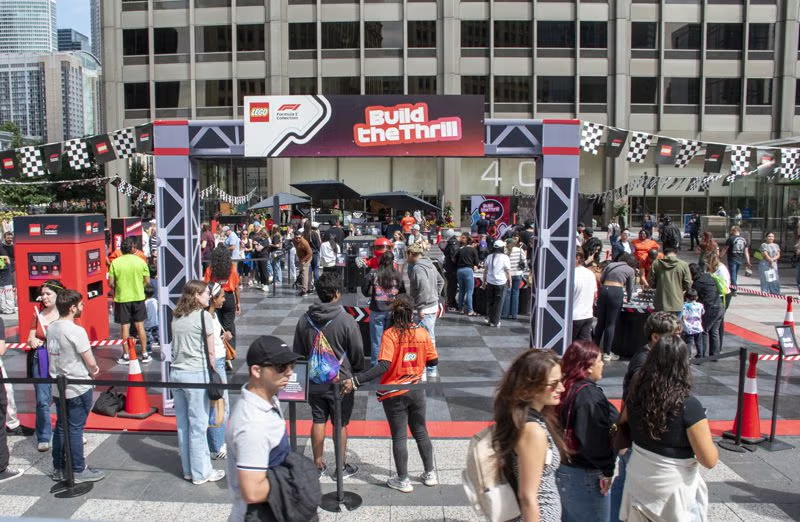As inflation surges, political discourse intensifies, and digital fatigue permeates daily life, brands are pivoting toward unexpected levity. Marketing has entered a surrealist chapter—one defined by dachshund races in hot dog costumes and oversized bar games staged in public venues. These whimsical activations are not ancillary entertainment but calculated attempts to foster brand intimacy through spectacle and shared amusement.
The discipline of experiential marketing has undergone a radical recalibration. Static signage and passive interactions have been eclipsed by participatory environments filled with motion, noise, and narrative. This paradigm shift marks a departure from ephemeral awareness toward embedded memory, where the goal is not simply to be seen, but to be felt and remembered.
Modern brand encounters are no longer confined to the linear funnel. They sprawl across physical and emotional terrains, embedding themselves in recollections of laughter, competition, and communal absurdity. Increasingly, companies are designing experiences that trade promotional scripts for emotional artifacts, crafting moments that transcend the transactional and deliver resonance.
In times of tension, consumers seek release. Humor has emerged as a therapeutic tool—a counterbalance to societal heaviness. Inserting play into the marketing matrix offers cognitive relief and positions brands not as intruders but as companions in a shared cultural exhale.
Neurological research supports this strategy. Laughter, surprise, and amusement activate dopamine pathways, enhancing recall and association. When a brand triggers joy, even through eccentric means, it forges a neurological shortcut to favorable perception, strengthening emotional bonds without the need for overt persuasion.
The wiener dog race—once a novelty of county fairs—has become a marketing archetype. It's a curious fusion of charm and chaos that captures both live audiences and digital viewers. Brands in food, beverage, and pet industries have embraced this format to translate absurdity into visibility, and visibility into affinity.
Alcohol marketers have also embraced the absurd with theatrical precision. From reinvented bar games to interactive drinking rituals, these activations elevate consumption into public performance. No longer relegated to the periphery, such experiences serve as immersive portals into brand identity.
Independent breweries, in particular, have mastered this formula. Through imaginative competitions—whether it be tricycle jousting or rubber chicken shot put—they create hyperlocal fan bases and content-rich environments. These low-tech spectacles deliver high-touch engagement and outsize media returns.
Nostalgia serves as another catalyst. By resurrecting playground games and early-aughts aesthetics, marketers conjure emotional familiarity. Branded dodgeball, cereal bar cocktails, and VHS-era visual cues tap into generational longing, converting reminiscence into relevance.
Simultaneously, cultural references have become integral to activation design. Drawing from viral memes, reality TV tropes, and digital slang, brands construct experiences that are both reflective and performative. Consumers are invited to inhabit—not merely consume—these moments of exaggerated self-awareness.
Whimsy, when done right, communicates honesty. A company willing to orchestrate something overtly silly signals transparency and cultural fluency. This vulnerability disarms skepticism, forging credibility through creative candor.
Visually, these experiences are engineered for shareability. A dachshund in racing livery or a human-sized cocktail pong table generates instant, organic content. These striking visuals become digital currency, cascading across platforms and amplifying brand reach without paid amplification.
When strangers engage in collective folly, something unique transpires. Brief, joyful absurdity creates social bridges. These micro-communities, however temporary, are stamped with the brand’s imprimatur, creating a halo of emotional goodwill around the sponsoring entity.
Small brands, particularly those without vast advertising budgets, have demonstrated remarkable success in this space. Their advantage lies in agility and irreverence. By deploying cleverness instead of capital, they manufacture cultural relevance at a fraction of the traditional cost.
Heinz offered a potent example with its condiment mascot race, cleverly aligning itself with internet debates over hot dog taxonomy. The absurdity was intentional—and effective—earning widespread attention with zero media spend.
Aperol’s giant spritz pong mirrored this approach, transforming a city plaza into a kinetic brand experience. With vivid colors and oversized props, the event struck a balance between Instagram spectacle and street-level charm, attracting attention across generations.
The effectiveness of these efforts, however, demands nuanced evaluation. Traditional performance indicators—conversion rates, lead generation—remain relevant, but new metrics such as earned media value, sentiment analysis, and influencer echo are increasingly critical to justifying experiential investments.
Nonetheless, this genre of branding carries risk. Poorly conceived activations can appear tone-deaf or trivialize serious issues. Missteps in execution or messaging can erode trust and invite backlash. Cultural literacy and operational precision are non-negotiable prerequisites.
Inclusion must also be prioritized. Activations designed around joy must ensure that joy is accessible—physically, cognitively, and emotionally. Thoughtful accommodations and intentional design ensure that the delight of participation is universally available.
Gen Z has elevated the standard. This generation seeks experiences that are not only immersive but self-referential. They crave irony infused with meaning—an aesthetic of contradiction where sincerity and sarcasm coexist. Brands that understand this duality achieve relevance and longevity.
As technological acceleration reshapes public consciousness, analog engagement becomes a luxury. The more automated daily life becomes, the more consumers value tangible, real-world delight. Playfulness will become not just acceptable, but essential.
In this landscape, whimsy is not antithetical to professionalism. It is an advanced form of brand strategy—an invitation to relate, to remember, and to return. Through eccentricity and exuberance, brands are discovering that emotional intelligence, when paired with creative courage, is a formidable growth engine.















